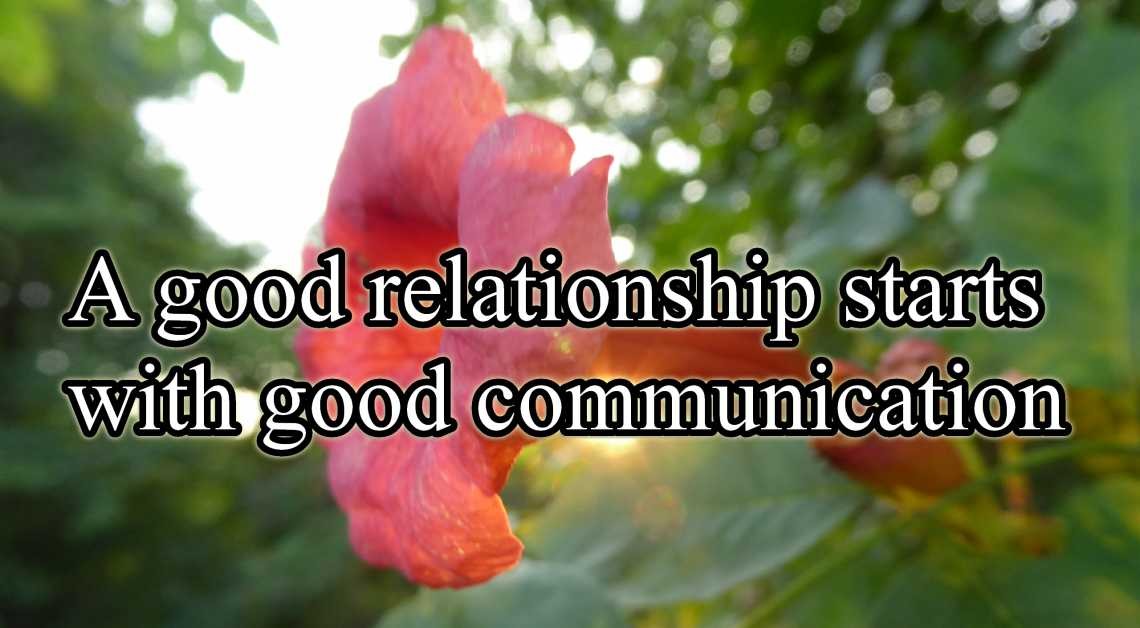Dear Kim,
I sit on the advisory committee of a regional program whose mission is to fight racism and educate the public about celebrating diversity. They are hoping to increase their coffers by starting a membership program. I agreed to do some research into:
- how this differs from an annual appeal;
- what benefits of membership might convince a non-donor to become a member and
- whether there are any articles/books you would recommend on the subject.
They are intending to do a few focus groups with donors and non-donors. In nonprofits that are not truly membership groups (where members elect the board or part of the board), I see this as kind of a gimmick. But maybe it works. What do you think?
Thanks and happy holidays!
— A Feeling of Belonging
Dear Feeling,
Traditionally membership does give someone certain privileges that a non-member does not enjoy. You named one, which is voting for the board or some body representing the membership. There are other benefits that can be given to members besides voting, such as a newsletter, a card entitling them to discounts, invitations to member-only events and the like. From a fundraising point of view, a member generally feels more ownership and involvement in the organization than a donor does, even if the member never actually does anything with the membership. There are also organizations that lend themselves easily to membership, from neighborhood associations to museums to libraries to environmental groups. These kinds of organizations often do not offer voting rights for non-board members, but do want people to feel involved beyond simply giving money. There are other organizations where a membership might not make as much sense, such as a domestic violence program or an international aid group.
To decide whether to go down the membership road requires thinking about whether you want your donors to feel more ownership and involvement in your organization than they would as simply donors. From the limited description you've given, I would say that you do.
To answer your specific questions: membership is like an annual appeal in that it lasts one year. I become a member of your group in January and I renew the following January. You can (and should) still do other appeals during the year. They will all begin, "Dear Member,” and will describe something you are doing that the member can now give an extra donation to support.
How strict you are in enforcing membership is up to you. For example, if someone gives once or twice a year to your extra appeals, but doesn't respond to your membership renewal appeal, I would keep them on the rolls as a member. However, if they give once and then don't give again for 16 months, I would take them off. Membership can be a gimmick, and it can work. However, ideally it is an honest invitation to people to sign on to the work of the organization. Money is the easiest expression of a person's commitment to the organization's work, but if you want people to do other things, having members enables you to call on them.
You will want to have some kind of benefit of membership. It should be simple and easy to do. Don't turn your members into shoppers, which is what some groups do when they go overboard with benefits. People are paying your organization to end racism and that will be the best benefit of all!
An excellent resource on membership is Ellis Robinson's fantastic book, The Nonprofit Membership Toolkit. This book has forms, templates, examples galore and everything you need to know to start and build a membership program.
Good luck!
— Kim
Originally published in the Grassroots FundRaising Journal. FundRaiser users can subscribe at a special rate of $30/year by entering is "$30" in the coupon code field on the second page of the subscription process.
Find out how FundRaiser Software can help you with membership managment:
Take an online guided tour of FundRaiser and learn about the features in FundRaiser for tracking relationships
